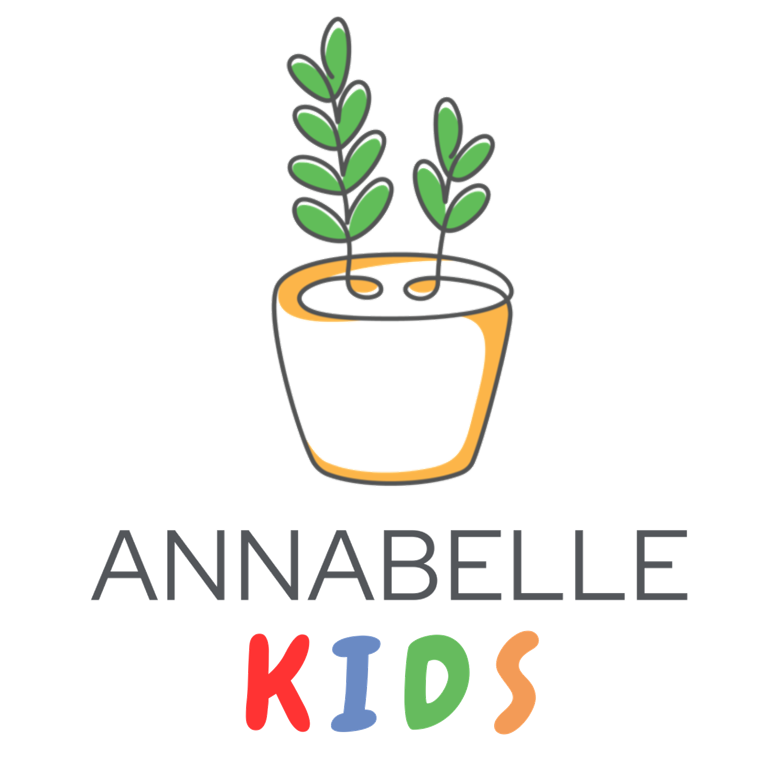Eating Disorders
Anorexia Nervosa (AN)
Anorexia Nervosa (AN) involves the use of various methods to restrict energy intake to reduce body weight, and children with Anorexia Nervosa often present with a low body mass index (BMI) relative to their developmental stage. It presents with two different sub-types - (1) restricting or (2) binge-eating/purging types. In restricting types, children might avoid food altogether, especially if it is deemed to be high in calories, whereas in the binge-eating/purging types, children might persistently purge (i.e., induced vomiting, laxatives, diuretics) after consuming food.
Incidence of AN has been increasing in younger people aged 15 years and under. Prevalence of the disorder ranges from 0.1%-3.6% in females, and 0.3% in males.
Does my child have Anorexia Nervosa?
According to the Diagnostic and Statistical Manual of Mental Disorders (DSM-5), the following criteria must be met for a child receive a diagnosis of AN:
Ψ Restriction of energy intake with subsequent low weight relative to developmental milestones
Ψ Fear of gaining weight or becoming fat
Ψ Body image disturbance and self-evaluation of body weight/shape
AN is particularly concerning as it has the highest mortality rate among psychiatric disorders due to various medical complications that accompany the disorder. These include lanugo (soft hair formation all over the body), retardation of growth and pubertal development, dehydration, cardiovascular issues, and gastrointestinal system issues. Early identification and intervention for AN is important due to the effect it can have on physical development of the child, such as growth spurts and brain maturation. For females, amenorrhea, or the loss of period, can be prolonged by AN after recovery from the disorder.
The causes of AN are multifactorial, with genetics playing a large role in the development of the disorder. Other risk factors include cultural values such as thinness and anxiety disorders in childhood.
Addressing Anorexia Nervosa & Bulimia Nervosa
Interventions for Anorexia Nervosa and Bulimia Nervosa are similar and can often require a team of allied health professionals, including psychiatrists, psychologists, nutritionists, and occupational therapists. Due to the low body weight patients typically present in, refeeding nutrients and calories is often important to ensure that medical complications do not persist.
Psychological methods involve the use of therapy for the child together with the family. These therapeutic methods include family based therapy (FBT), systemic family therapy (SyFT), and enhanced cognitive behavioural therapy (CBT-E).
Family-Based Therapy (FBT)
In FBT, the family is engaged to help the child restore their normal eating behaviour in an outpatient setting and has been an effective therapeutic method. Research has also shown that individuals that have undergone FBT go into in-patient settings less often than other therapeutic modalities. This approach takes the stance that families not to blame for the disorder and uses the parent’s expertise of the child to guide therapy. This involves the parents being in charge of meals and establishing healthy eating patterns.
Enhanced Cognitive Behavioural Therapy (CBT-E)
CBT-E is based on the fundamentals of cognitive behavioural therapy that focuses on altering the factors that perpetuate the eating disorder. This involves psychoeducation of the disorder, cognitive and behavioural strategies to modify thoughts and behaviours associated with the eating disorder. It is an intensive form of therapy that requires multiple sessions over four phases, teaching individuals the necessary skills and a maintenance plan to overcome the disorder.
